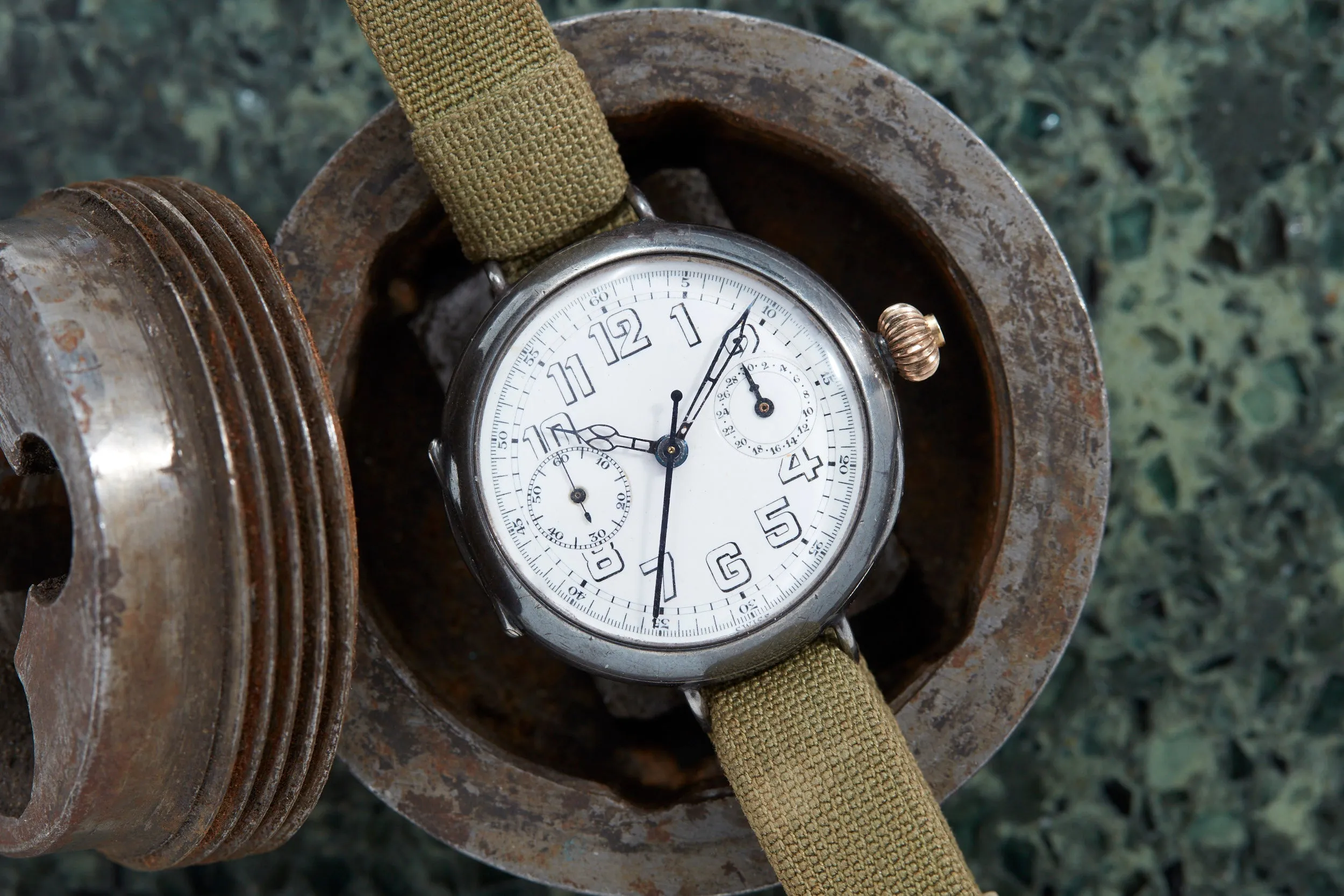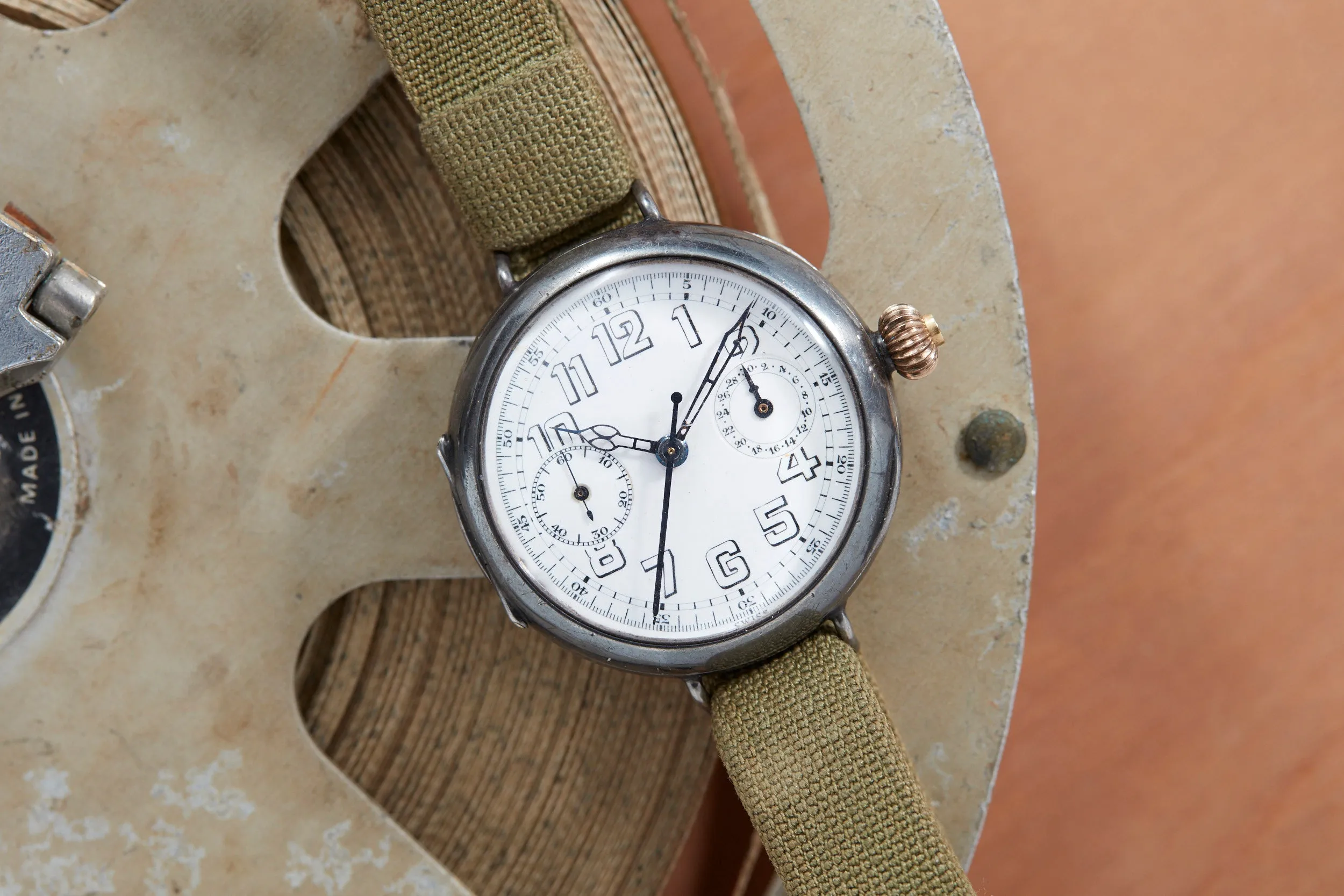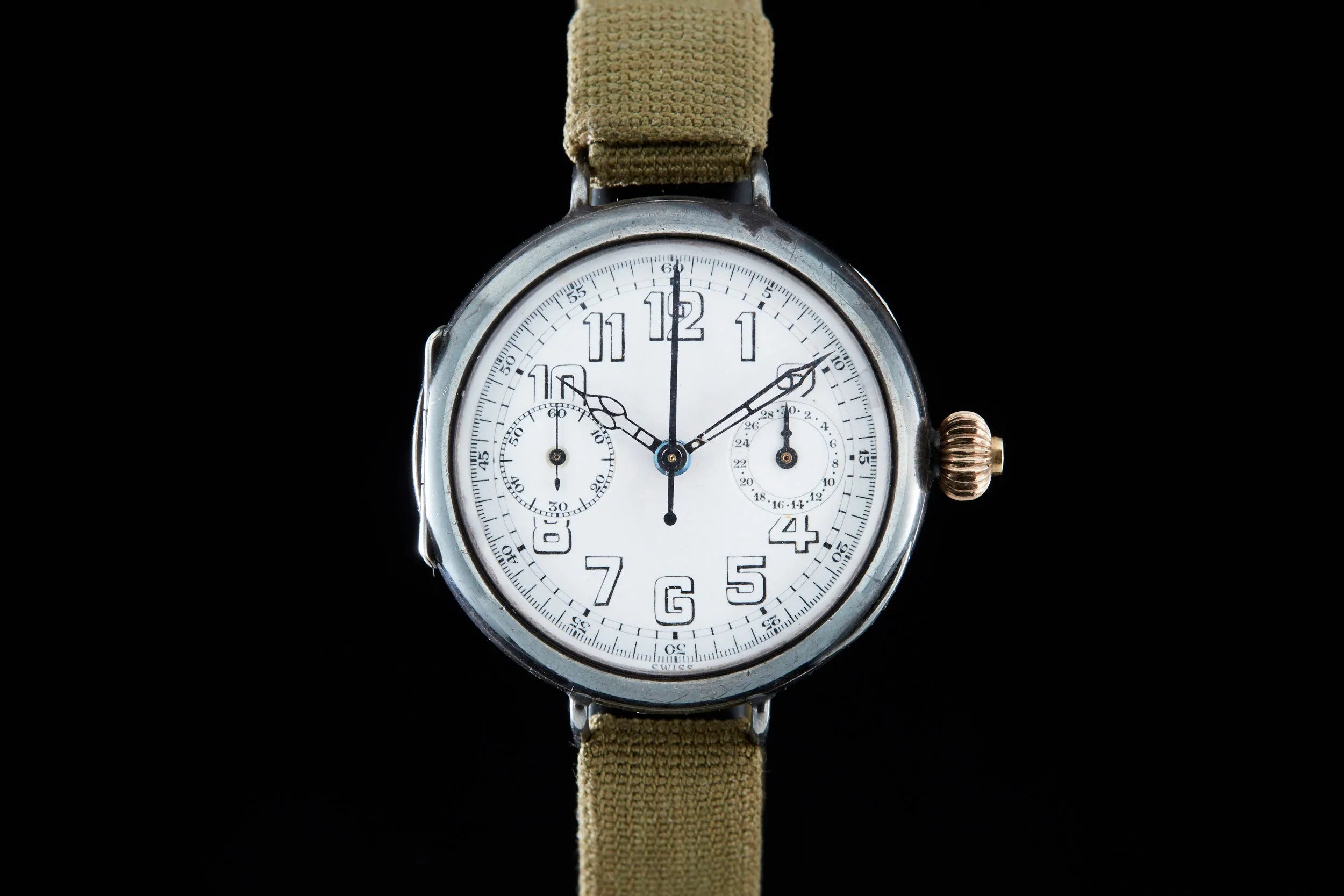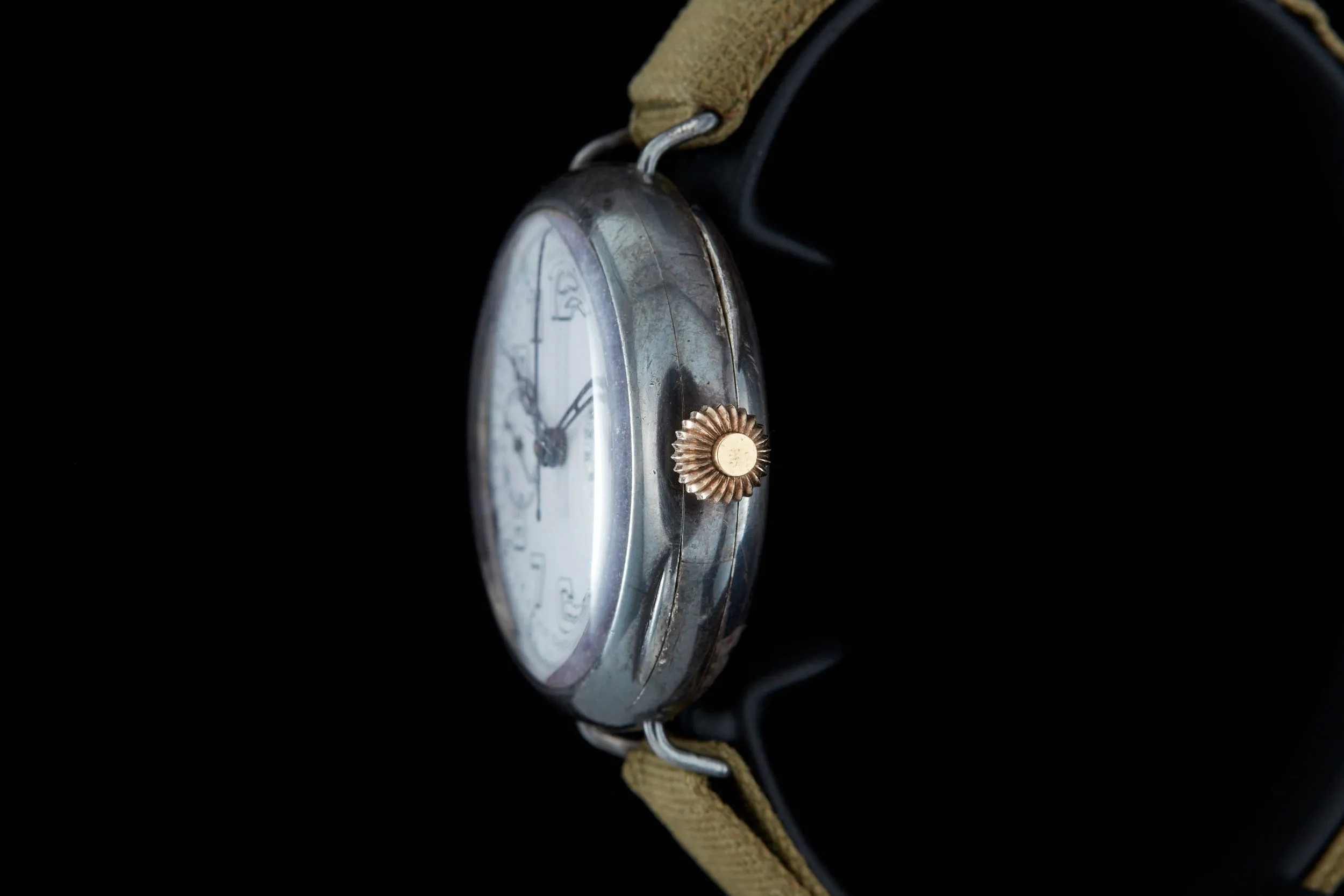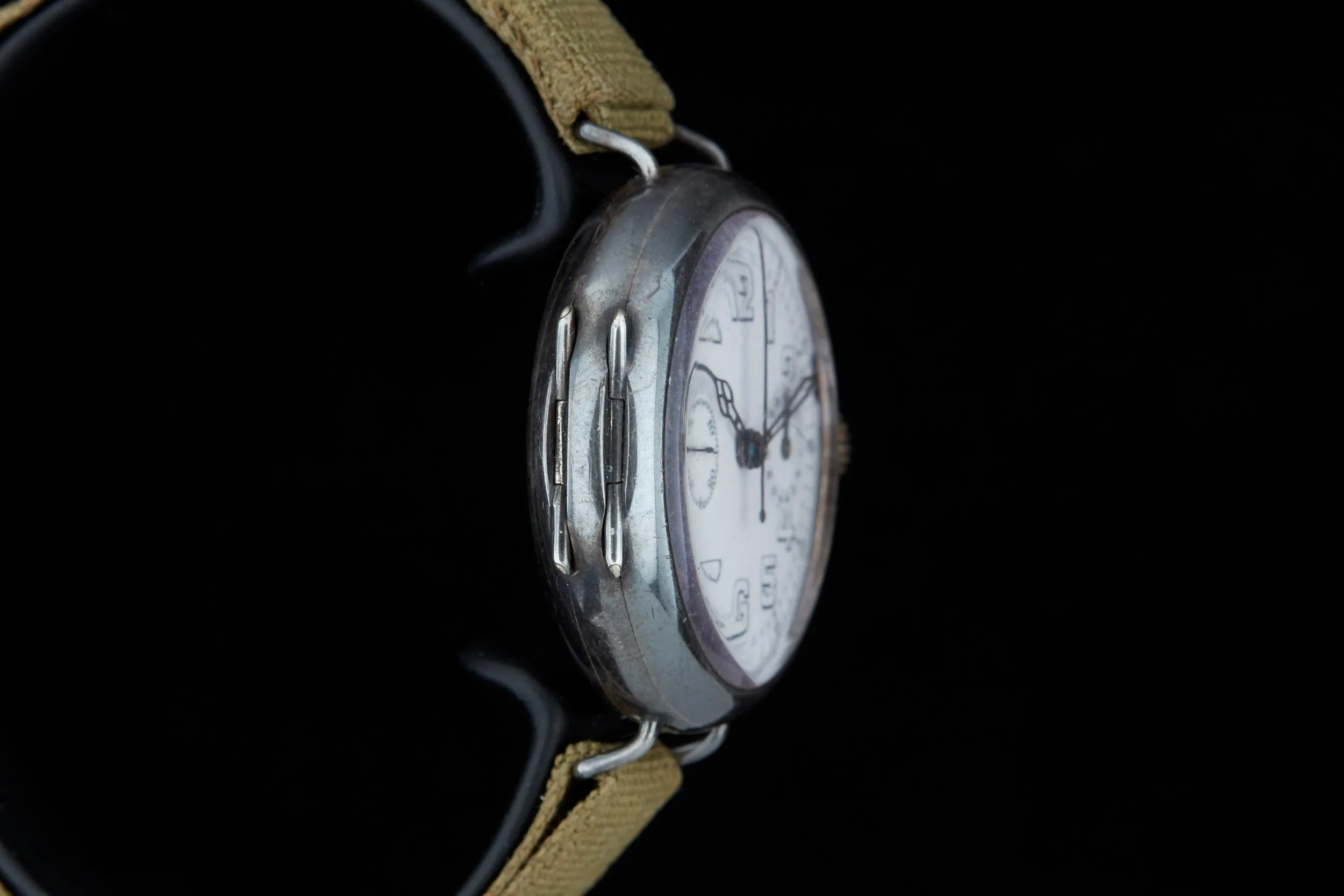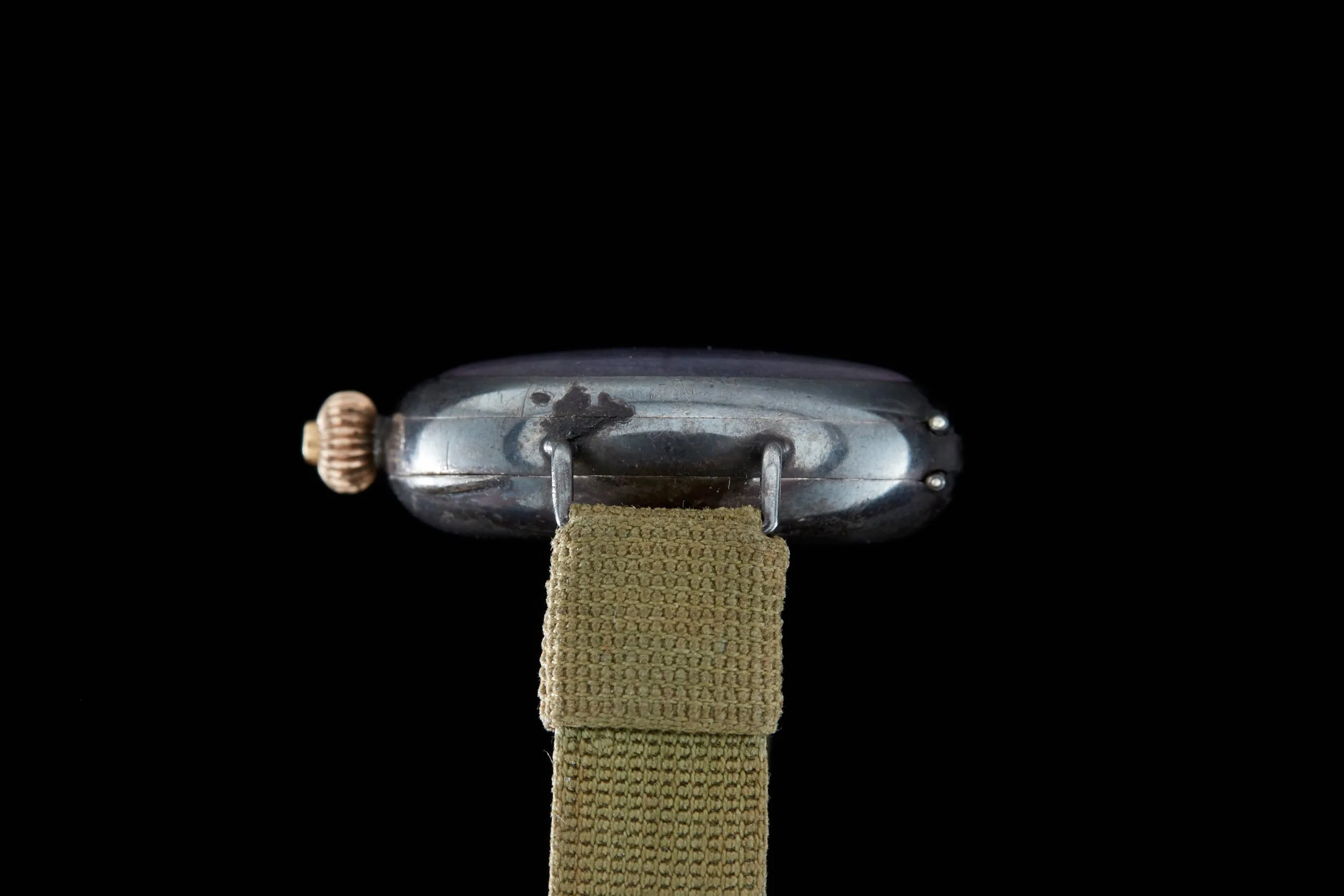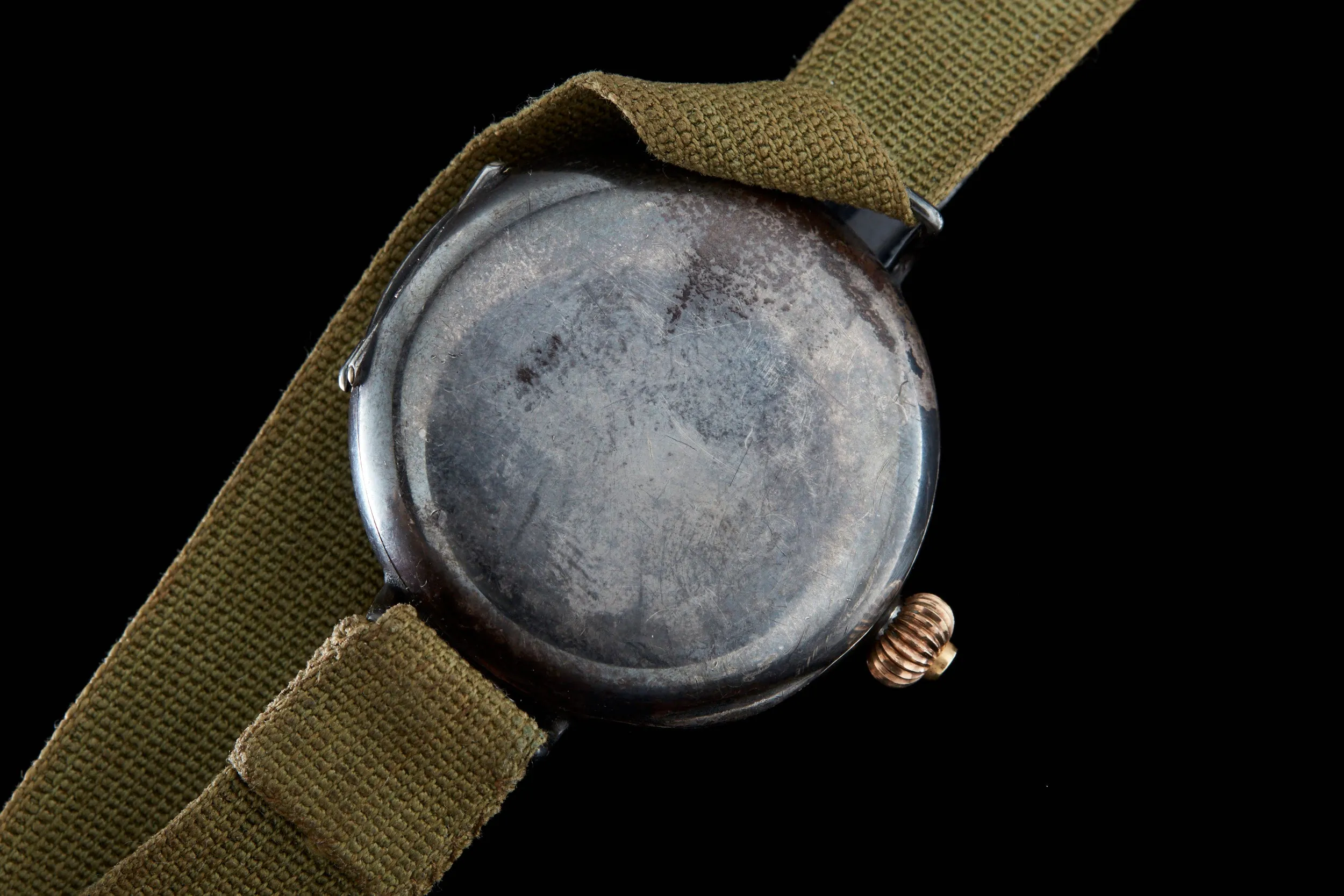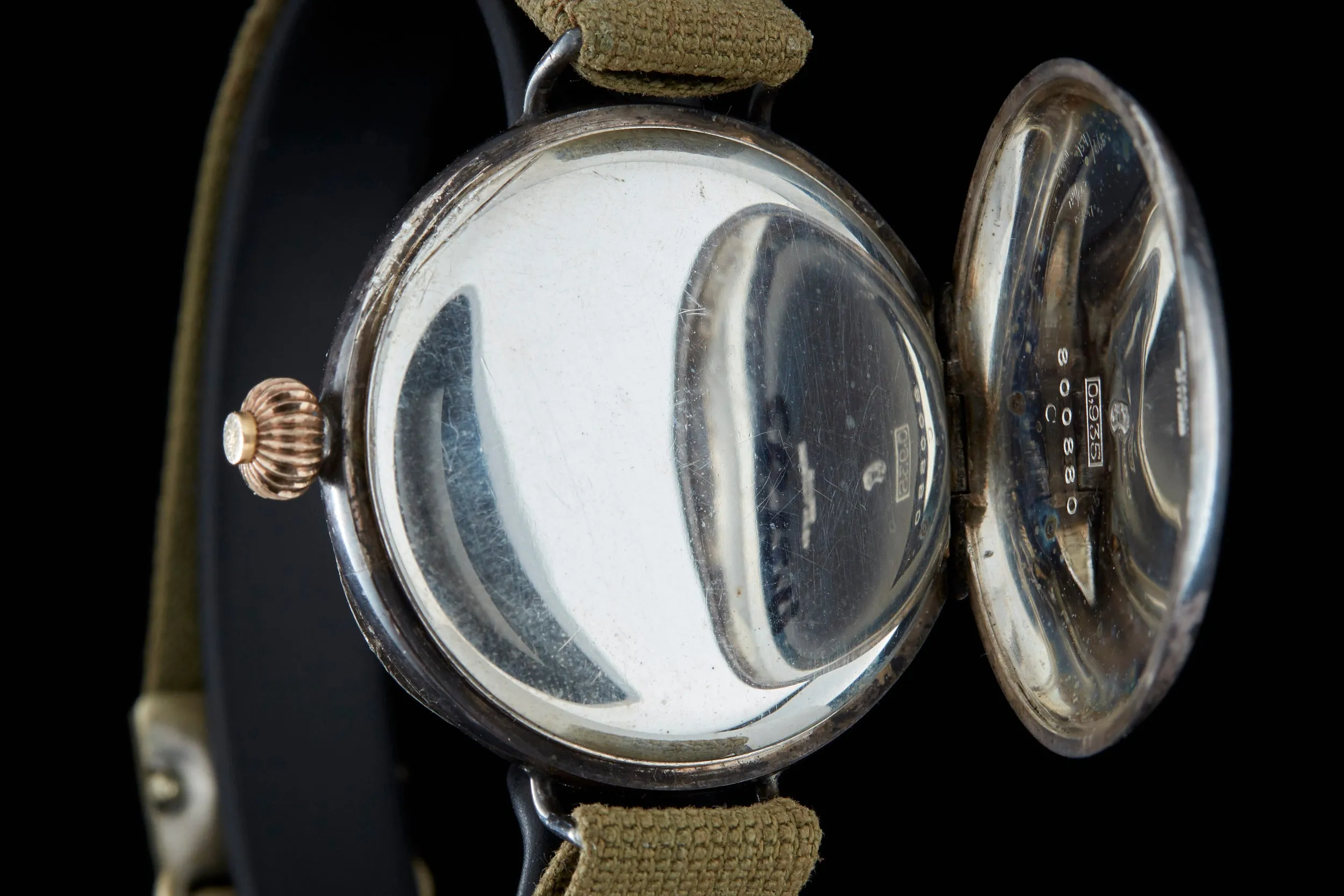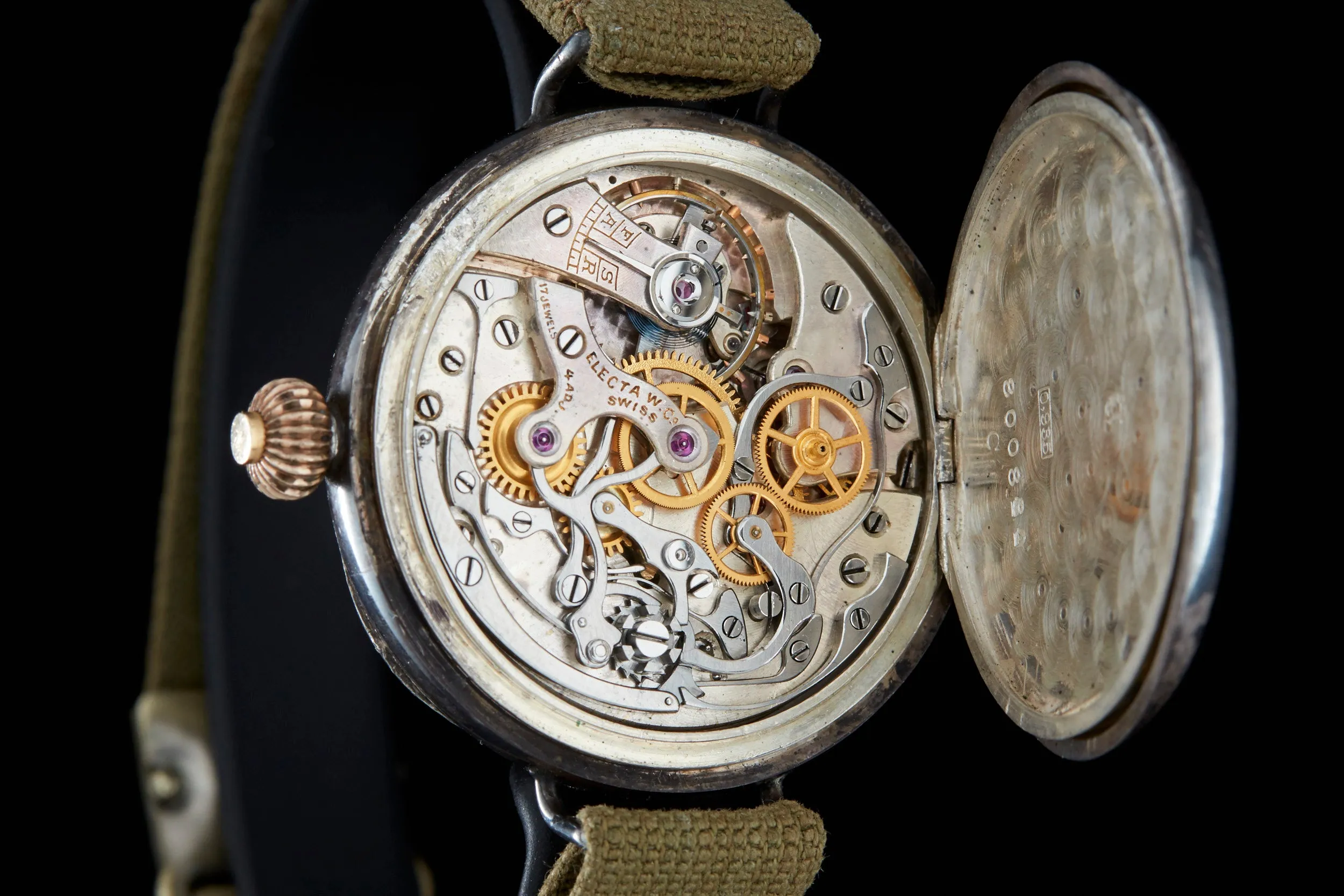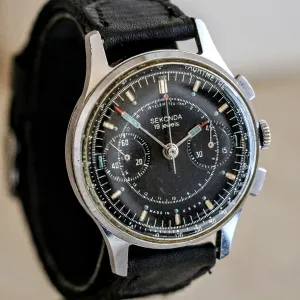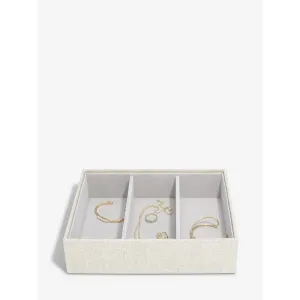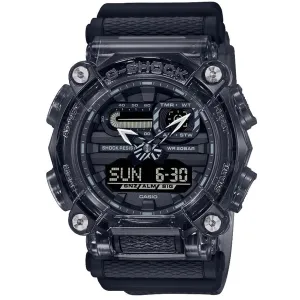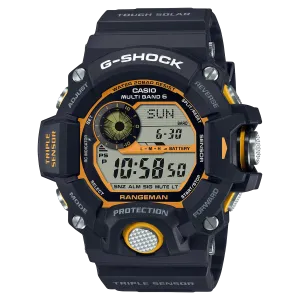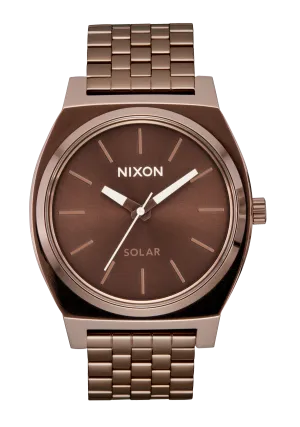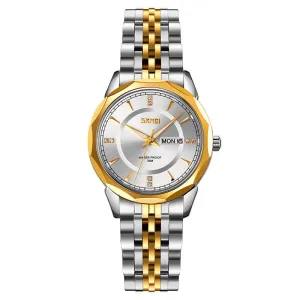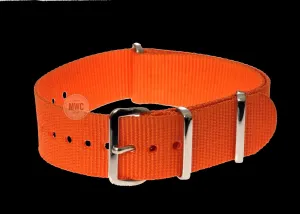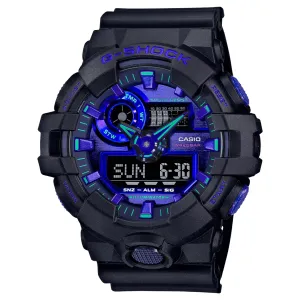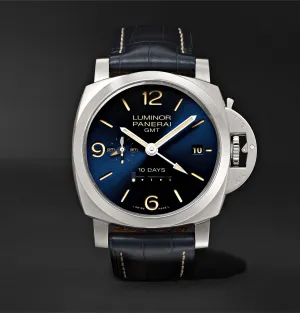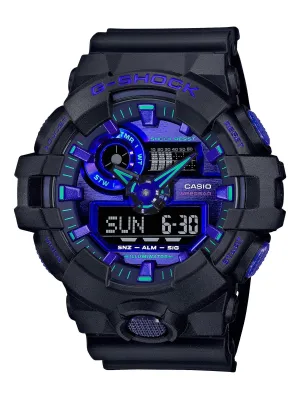Names can sometimes be misleading. While the name “Electa” might not conjure up any associations, its parent company, Gallet, sure does. Delving a little deeper yields a rich history full of watches like this one, which was worn during the “war to end all wars”—World War I.
Gallet is an old name in watchmaking, with roots leading back to the 1400s, when Humbertus Gallet made clocks in Geneva. In the 19th century, his descendant, Julien, established Gallet & Cie in La Chaux-de-Fonds. For the next century, Gallet made a variety of watches under many different brand names.
In these early years, the company’s high-grade watches—including complicated watches like chronographs—were made under the brand name Electa.
The trademark was registered to Gallet in 1907. Movements and even fully-finished watches were made out of the Electa factory in Geneva, under the leadership of Léon Gallet. With the advent of World War I, Electa found itself faced with growing demand for wristwatches as the armed forces of Europe prepared for war.
Officers were issued pocket watches at first, but in the cramped, dusty confines of trenches, pocket watches proved too inconvenient for practical use. Many officers bought their own wristwatches, or received them as gifts from friends and family. By 1916, so many officers had opted to wear a wristwatch that it was listed in a 1916 book, Knowledge of War: Every Officer’s Handbook for the Front, as the most important item in an officer’s kit.
Before long, brands like Omega, Rolex, and Electa were making wristwatches for the men on the front; due to their use in trench warfare, they became known as “trench watches.” An ad from this period, dating from 1918, shows a cavalry officer looking down at his Electa watch. Though it’s hard to make out exactly what type of trench watch he’s wearing, perhaps it looked something like this monopusher chronograph.
Gallet made its first wrist chronograph in 1914. These early chronographs were powered by 12 or 13 ligne Valjoux movements modified and signed by Electa, and featured a 30-minute counter at 3 o’clock. This gave rise to the model name MultiChron 30, which would become Gallet’s signature chronograph line.
The movements were fitted in sterling silver cases, many with hinged backs like this watch has. As with many watches of the period, the dial is enamel, a resilient material that holds its crispness throughout the years (and is also very difficult to refinish). Many of these MultiChron 30s were issued to pilots in the Royal Air Force, but also saw use throughout the armies of the United Kingdom and the United States.
With 1914 marking the centennial of this great and terrible conflict, watches dating from that era are antiques. Therefore, they are valuable not only from a horological, but also a historical, standpoint. But more than that, they are living, wearable artifacts that link us in the present to the brave men who wore them.




